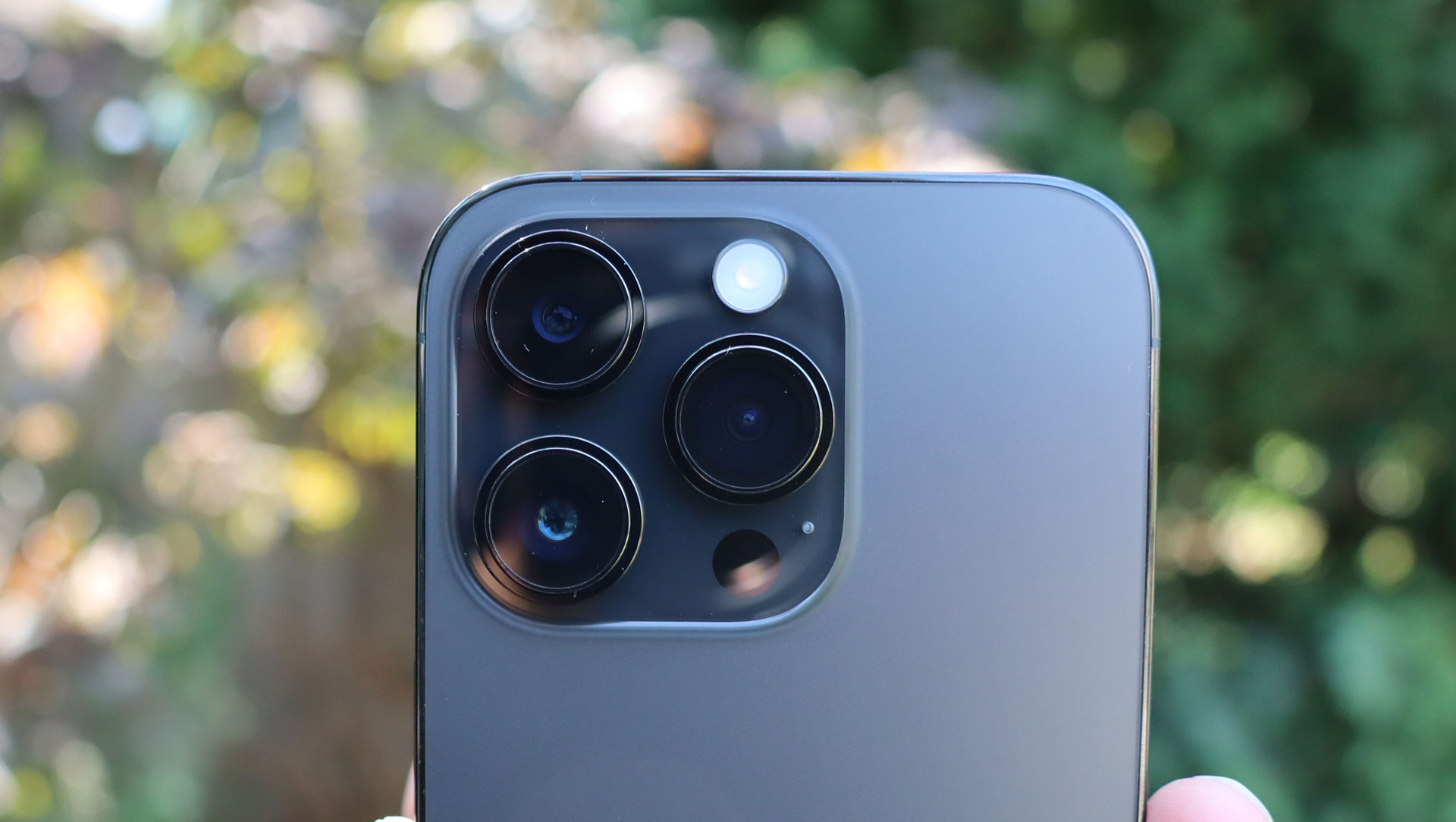Samsung may have a trick to beat the iPhone camera
Keeping the big zoom steady

A new patent application suggests Samsung is working to move its stabilization from the lens of its cameras to the sensor. Switching from the current optical image stabilization to sensor stabilization could improve image quality and reduce blur. Both the Samsung Galaxy S22 Ultra and Apple iPhone 14 Pro use image stabilization on the cameras, but the iPhone stabilizes the sensor while the Galaxy phone stabilizes the lens.
We originally saw this as a rumor way back in 2021, while the Samsung Galaxy S22 was getting its first hints and leaks. Back then we reported that Samsung was testing this feature, and it could also be part of a partnership with camera-maker Olympus. That partnership never materialized, but now we’re seeing possible fruits of the labor.
A stabilizer on the sensor means a larger bump
Apple was the first smartphone maker to use sensor stabilization, a technique that is closer to the way some professional very high-end DSLR cameras, like the Canon EOS R6, stabilize an image in the body of the camera, and not just in the lens. Of course, on a smartphone the distance between the sensor and the lens is much shorter, but Apple believes that stabilizing the sensor produces a better shot.
This also means a larger camera bump. Image stabilization relies on tiny motors that actually move the lens or the sensor in response to an accelerometer - aka a gyroscope. It can be incredibly responsive, but it also takes up more space.
Adding the hardware closer to the sensor adds even more thickness, and you can see the dramatic camera bump difference between the iPhone 11 Pro, which did not use sensor stabilization, and the iPhone 12 Pro, on which Apple debuted the feature.
Rumors suggest this patent could apply specifically to the telephoto lens, but the actual patent makes no mention of this. Samsung already juices its telephoto lens with digital tricks that produce amazing results even up to a jaw-dropping 100x zoom. Better stabilization would certainly equal even bigger improvements here.
Analysis: Probably not the for the Galaxy S23 Ultra
As we said, this sort of stabilization results in a larger camera bump. We’ve seen leaked images of the rumored Galaxy S23 Ultra phone, and it seems to have the same camera array design as the Galaxy S22 Ultra. That phone has five lenses poking through the back, but no bump.
Sign up for breaking news, reviews, opinion, top tech deals, and more.
It’s entirely possible that Samsung is hiding all of the stabilization inside the phone. Samsung already hides an entire stylus inside the Galaxy S22 Ultra, and the phone is still sealed up water-tight. With its Galaxy Z Flip 4 and folding family, it has already proved contortionist capabilities when it comes to arranging phone guts.
Patents are a good way to check the direction of the industry, but a bad way to predict a specific product feature. We hope to see the next Samsung Galaxy S phone constantly improve on the photos its predecessor took, if that’s even possible. Eventually, a stabilized image sensor could be one way Samsung makes that happen.

Starting more than 20 years ago at eTown.com. Philip Berne has written for Engadget, The Verge, PC Mag, Digital Trends, Slashgear, TechRadar, AndroidCentral, and was Editor-in-Chief of the sadly-defunct infoSync. Phil holds an entirely useful M.A. in Cultural Theory from Carnegie Mellon University. He sang in numerous college a cappella groups.
Phil did a stint at Samsung Mobile, leading reviews for the PR team and writing crisis communications until he left in 2017. He worked at an Apple Store near Boston, MA, at the height of iPod popularity. Phil is certified in Google AI Essentials. His passion is the democratizing power of mobile technology. Before AI came along he was totally sure the next big thing would be something we wear on our faces.